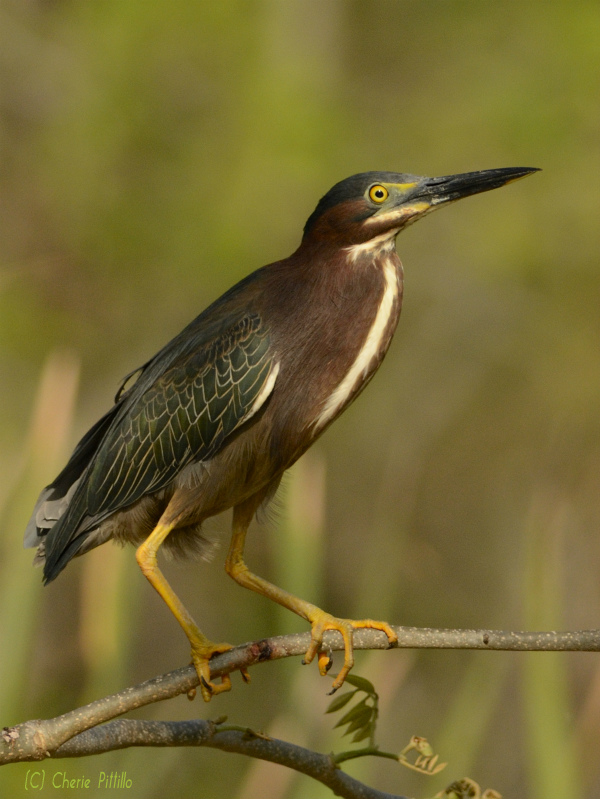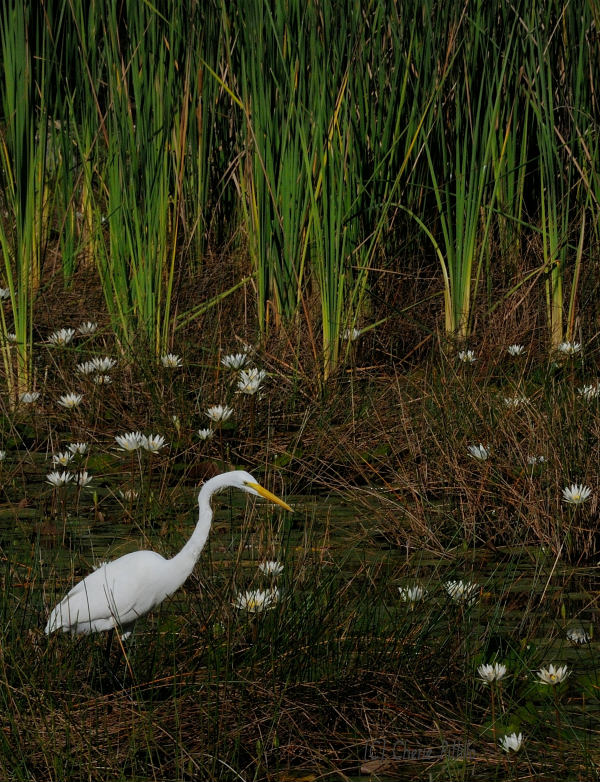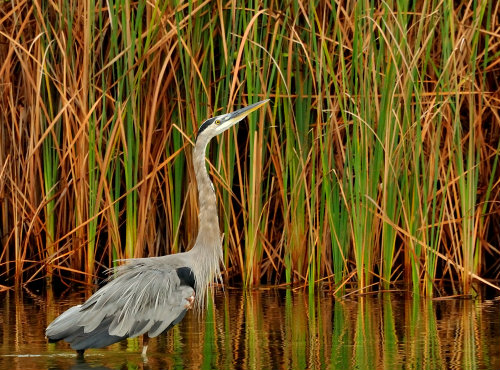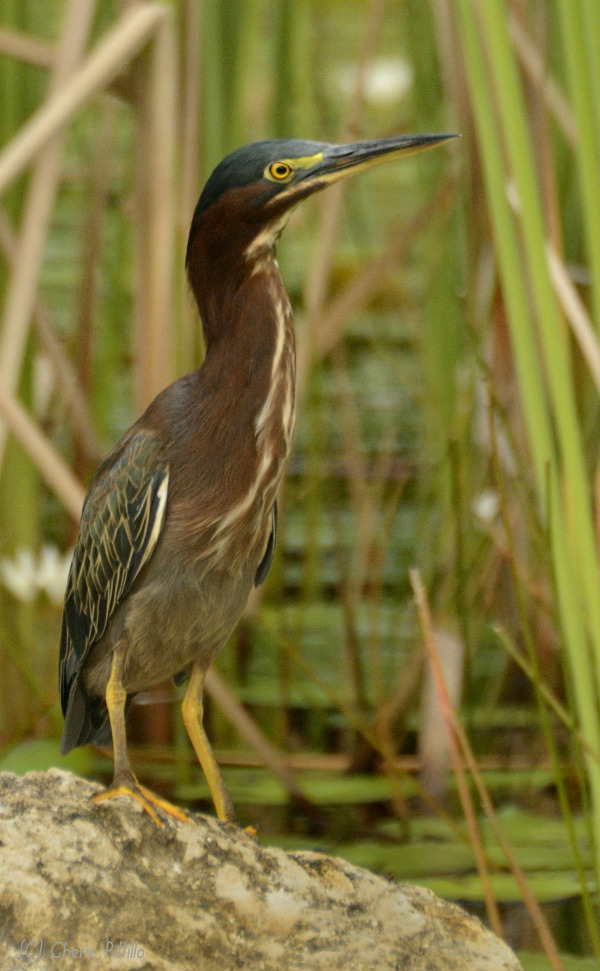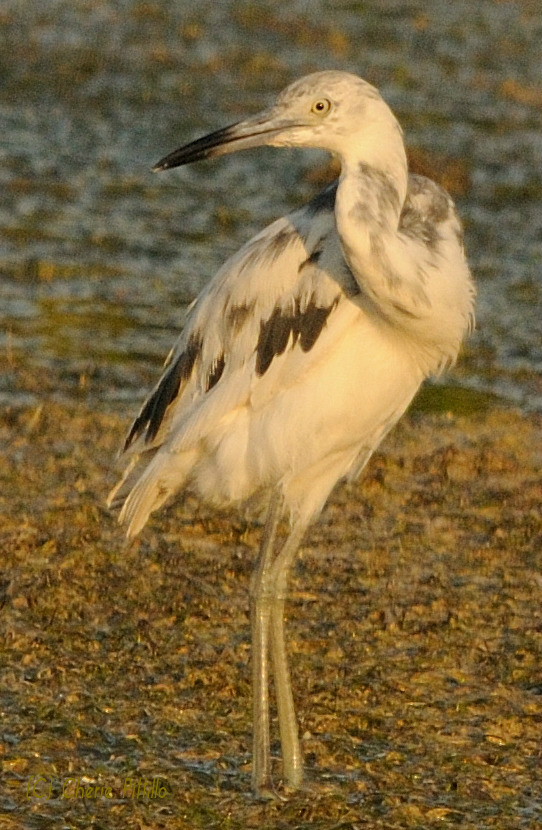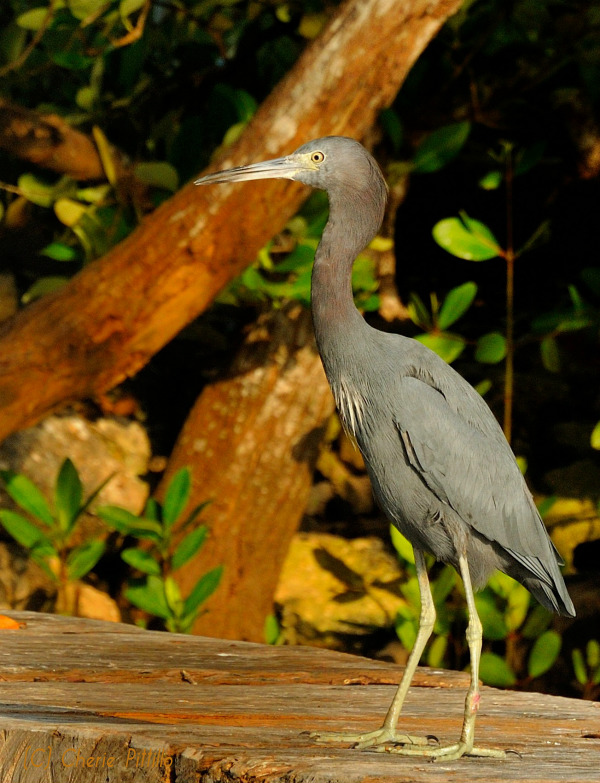“(Water) is the landscape’s most beautiful and expressive feature. It is earth’s eye looking into which the beholder measures the depth of his own nature.
~ Henry David Thoreau
Often when I travel to another part of the world, usually a plant or animal seems similar to the species where I live and reminds me of a “friend” from home. If I have the opportunity to experience a lake, river, ocean, canals, or streams, I’ll take the plunge because birds or other wildlife should occur there.
During my visit to Lake Baringo, Kenya, a six foot Goliath Heron looked like a Great Blue Heron on steroids. Except for Antarctica, the wonderful heron family lives on every continent.
Whether you admit that you watch birds or not, you notice the herons and egrets along the coast or inland wetlands. Due to their larger size than those teeny, flitty, flighty songbirds, you can SEE them.
A beginning birder or bird photographer can quickly observe or photograph them successfully as the white egrets and herons stand out against their watery environs. Many walk slowly or stand still to stalk their prey in full view. If I’d tried to figure out warblers first, I’d probably have given up on bird photography!
Before I wrap up this five part series in the Yucatan, I don’t have images of the rare Agami Heron or the Pinnated Bittern. But I want to add photos of the Green Heron and the Little Blue Heron.
Review this link to compare the Green Heron’s darker striped chest with the bitterns.
Double check the two-toned bill color on the Little Blue Heron, whether as a juvenile or adult, with other gray-colored herons.
Link to mainly gray colored herons
NATURE GIFTS YOU WITH THE PLACES TO REFLECT ON THE DEPTH OF YOUR NATURE
Mentioned Species:
Great Egret, Ardea alba, Garza Blanca (Spanish), Sak nojoch bok(Mayan)
Goliath Heron, Ardea goliath
Great Blue Heron, Ardea herodias, Garza Morena, (Spanish)
Green Heron, Butorides virescens
Little Blue Heron, Egretta cerulean, Garza Azul (Spanish)
DISCLAIMER: References do not agree on details about these species. Here are my resources: Sal a Pajarear Yucatan Guia de Aves, A Guide to the Birds of Mexico and Northern Central America, Birds and Reserves of the Yucatan Peninsula, http://macaulaylibrary.org/ a website from Cornell Lab of Ornithology, Lives of North American Birds, http://www.earthlife.net/birds/herons.html. Heron Conservation, 03/21/16 http://www.heronconservation.org/herons-of-the-world/in
Story and photos by Cherie Pitillo
Cherie Pittillo, “nature inspired,” photographer and author, explores nature everywhere she goes. She’s identified 56 bird species in her Merida, Yucatan backyard view. Her column, published on the 7th and 21st of each month, features anecdotes about birding in Merida, Yucatan and beyond. Contact: [email protected] All rights reserved, ©Cherie Pittillo

